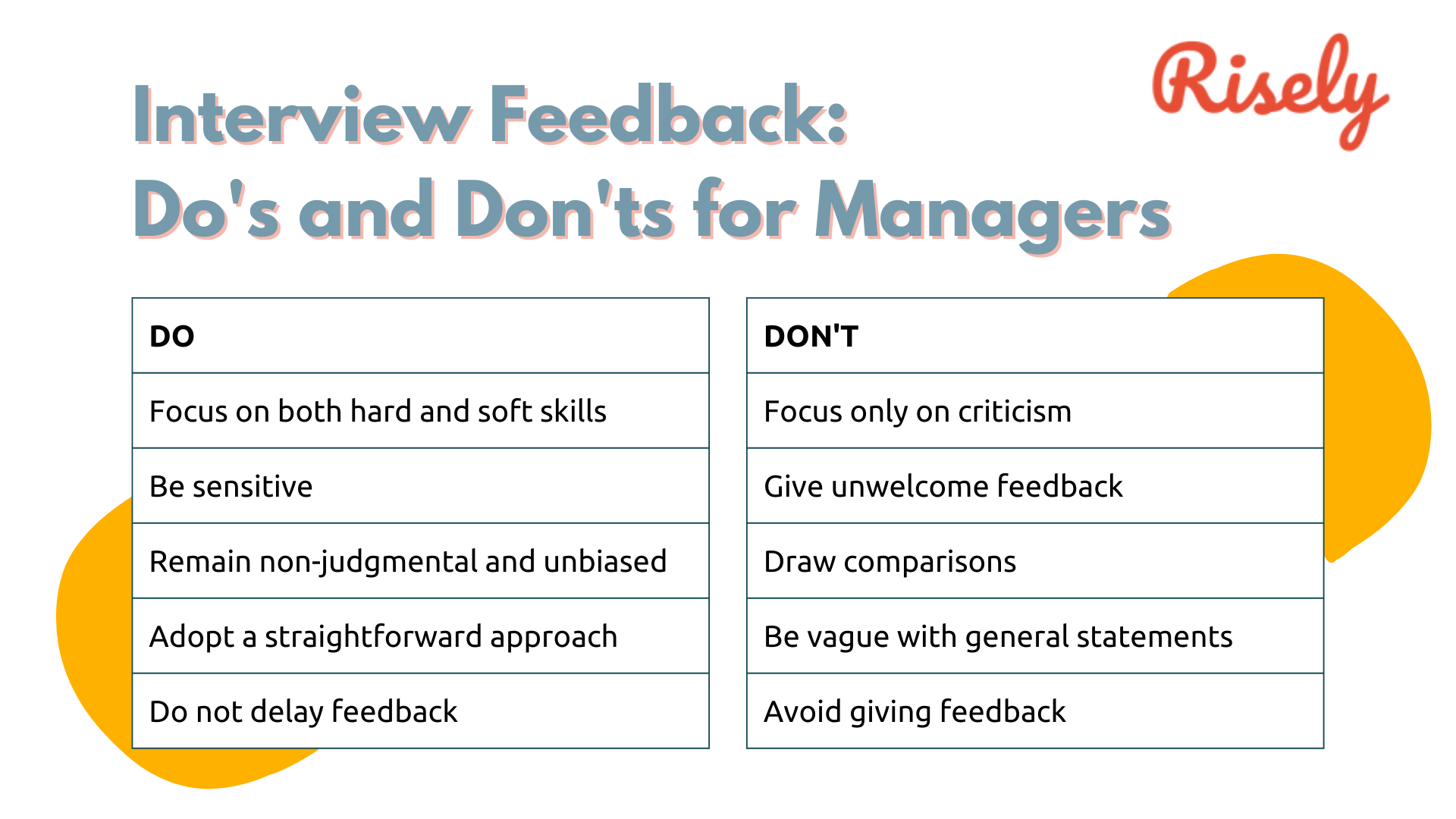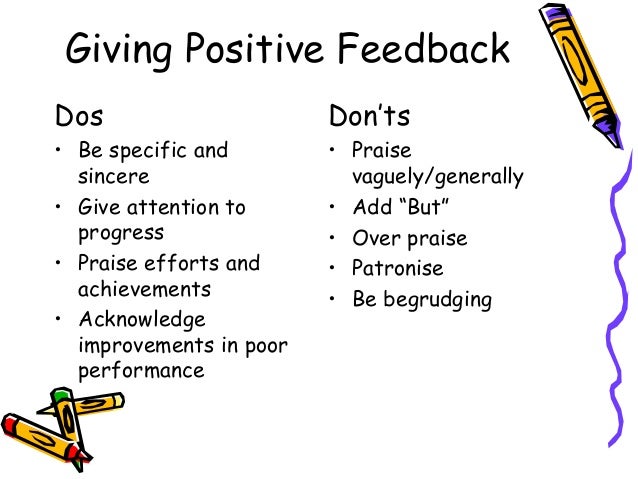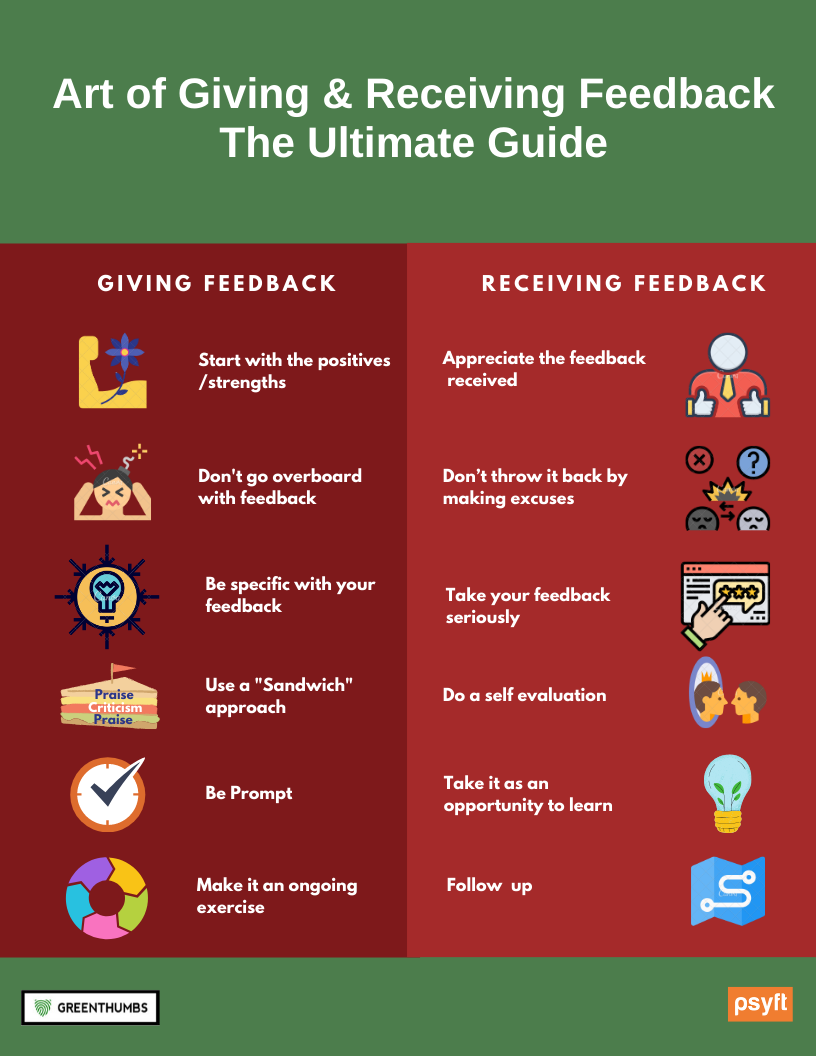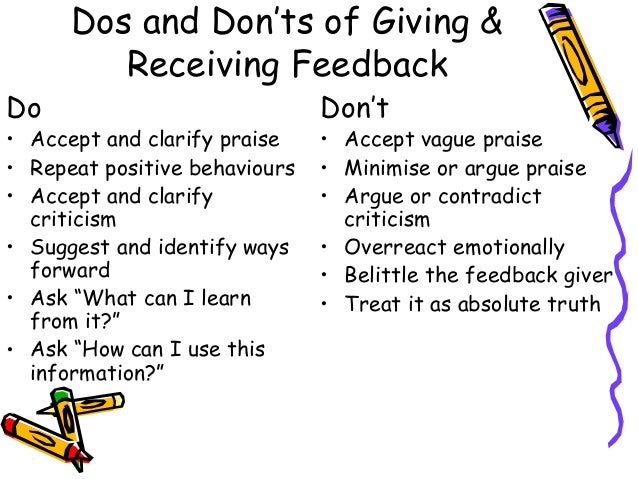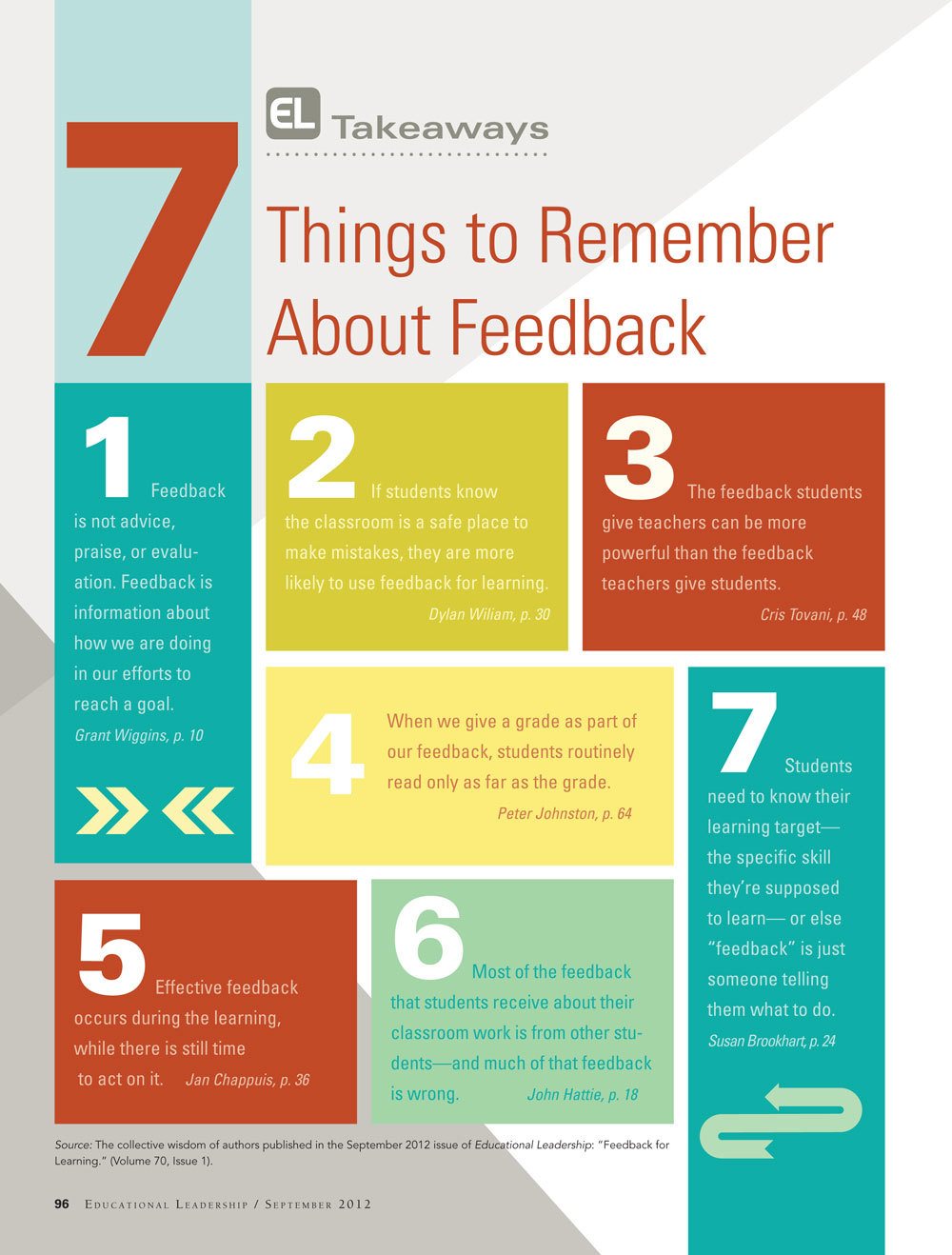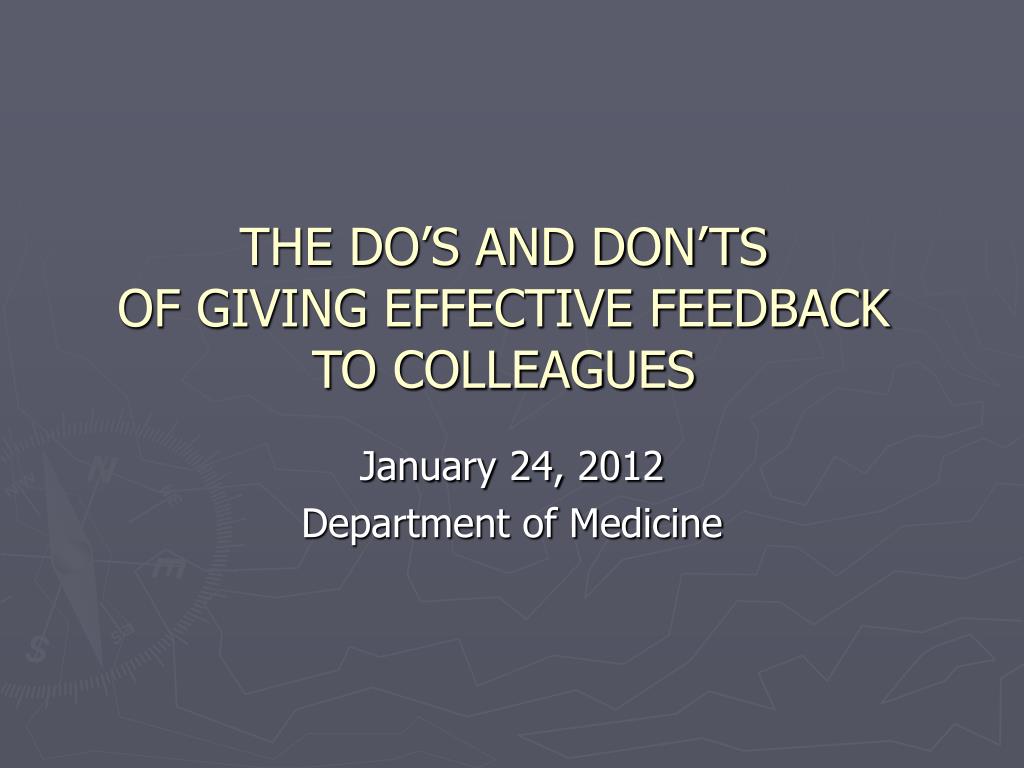Do's And Don Ts Of Giving Feedback
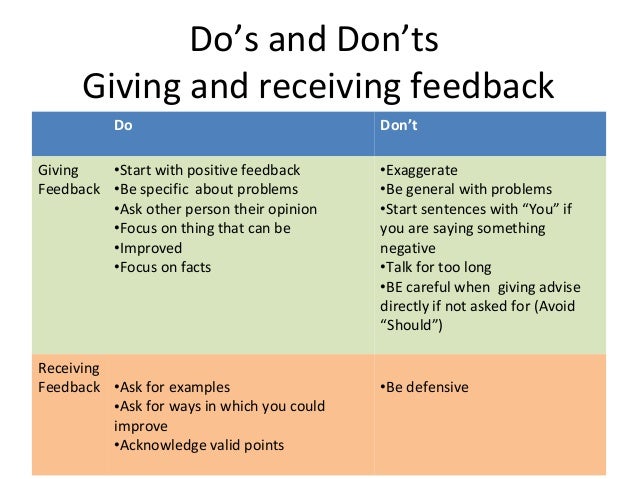
In today's fast-paced work environments, the ability to give and receive feedback effectively is crucial for professional growth and organizational success. But feedback, when delivered poorly, can be detrimental, leading to demotivation, resentment, and decreased productivity.
The art of giving feedback is not just about pointing out flaws; it's about fostering a culture of continuous improvement. It's a skill that can be learned and honed, and understanding the "do's" and "don'ts" is essential for both givers and receivers.
The Core of Constructive Feedback
Effective feedback should always be specific, focusing on observable behaviors and their impact. Avoid vague generalizations like "you're not a team player." Instead, provide concrete examples: "During the last project meeting, I noticed you didn't engage with others' ideas."
Timeliness is also key. Providing feedback shortly after the event allows for clearer recall and easier implementation of changes. According to a study by Harvard Business Review, waiting too long diminishes the impact and relevance of the feedback.
Furthermore, feedback should be objective and focused on the work, not the person. Instead of saying "you're lazy," try "the report was submitted late, and some sections were incomplete." This approach avoids personal attacks and promotes a more receptive environment.
Do's: Building Blocks of Effective Feedback
Preparation is Paramount
Before giving feedback, take time to reflect on your observations and gather specific examples. This preparation ensures that your feedback is well-reasoned and impactful.
Choose the Right Time and Place
Opt for a private setting for sensitive feedback to avoid public embarrassment or defensiveness. Schedule a dedicated time to ensure the recipient is attentive and receptive.
Focus on the Positive, but Don't Sugarcoat
Start by acknowledging the person's strengths and positive contributions before addressing areas for improvement. This sets a positive tone and makes the recipient more open to hearing constructive criticism.
"Always frame feedback as an opportunity for growth, not as a personal attack," says Dr. Anita Sharma, a leading organizational psychologist.
Offer Solutions, Not Just Problems
Provide suggestions and resources to help the recipient improve. This shows that you are invested in their success and are not simply pointing out flaws.
Don'ts: Avoiding the Pitfalls of Poor Feedback
Avoid "Sandwiching"
While starting with a positive is good, avoid the "sandwich" technique (positive-negative-positive) as it can dilute the critical message and make it seem insincere. Be direct, but respectful.
Don't Make It Personal
As mentioned earlier, focus on behaviors and outcomes, not personality traits. Avoid using phrases like "you always..." or "you never..."
Don't Overgeneralize
Specific examples are crucial. Avoid vague statements like "your communication skills need improvement." Instead, provide specific instances where communication could have been better.
Don't Wait for Performance Reviews
Feedback should be an ongoing process, not limited to formal performance reviews. Regular, timely feedback is more effective for continuous improvement.
Don't Deliver Feedback When Angry
If you're feeling frustrated or angry, take a step back and calm down before giving feedback. Emotional feedback is rarely constructive.
The Impact and Future of Feedback
Mastering the art of giving feedback has a significant impact on employee engagement, productivity, and overall organizational culture. When done well, feedback fosters trust, promotes growth, and strengthens relationships.
Organizations that prioritize effective feedback practices are more likely to attract and retain top talent. As workplaces continue to evolve, the importance of providing constructive and supportive feedback will only increase.
Ultimately, the goal of feedback is to help individuals reach their full potential. By following these "do's" and "don'ts," we can create a culture where feedback is valued and used as a tool for growth and development.



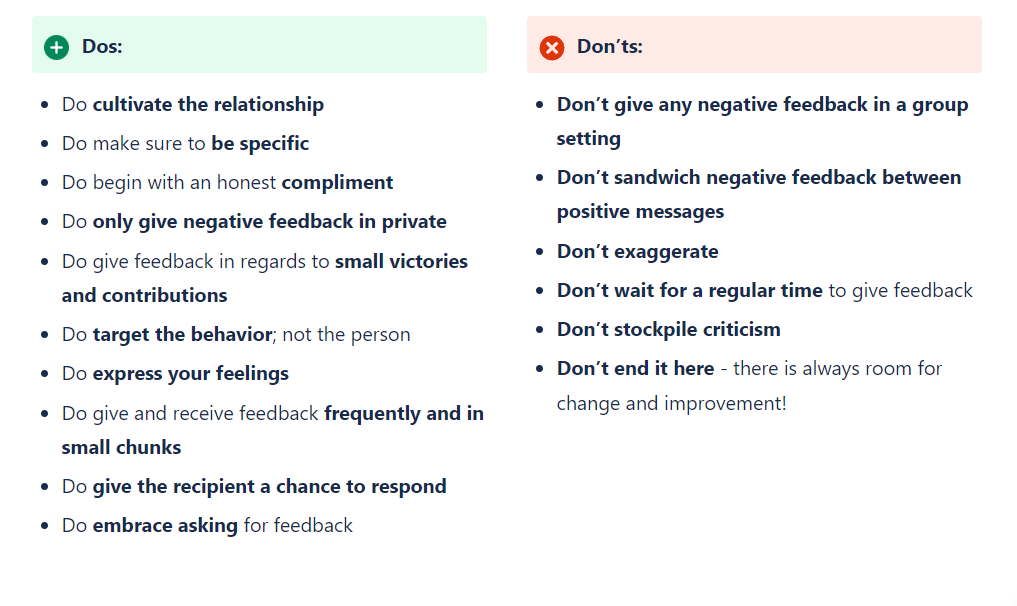
![Do's And Don Ts Of Giving Feedback [INFOGRAPHIC] The Dos & Donts Of Giving Feedback To Company Employees](https://i.pinimg.com/736x/d4/54/d3/d454d3d49622de3a7e0421c2f521e16f--info-graphics.jpg)





